

Getting around in London

London's long history is one reason why this is such a great city. The downside of this heritage is that there's little or no logic to its geography. London is many places in one, the sum of many neighbourhoods that have developed over hundreds of years. For the new visitor this can make London confusing and even overwhelming. Don't fret, we're here to help with our guide that makes travelling in London a simple matter.
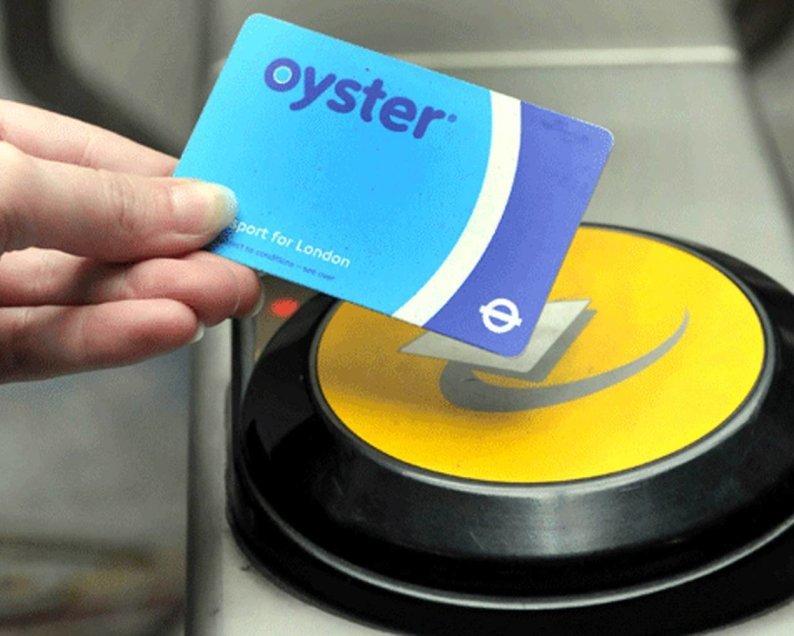
Why you need to an Oyster to get around
Public transport is made easy with what Londoners call an "Oyster" card. This blue credit card sized piece of plastic functions as a reusable pre-paid ticket. Oyster Cards are valid for use on the Underground, London Buses and the Overground network as well as on the Docklands Light Railway and some riverboat services. You can buy your Oyster card at ticket offices in all London Underground stations as well as at any shop that displays the blue Oyster symbol. Once you have yours, you can top it up on any of the many ticket machines at Underground stations. To use it, simply touch on the yellow circular reader on entering and leaving the Underground or as you board a bus or other mode of transport operated by Transport for London, which runs public transport in London. You could choose to buy paper tickets for individual journeys, but the Oyster Card is both cheaper and easier to use.
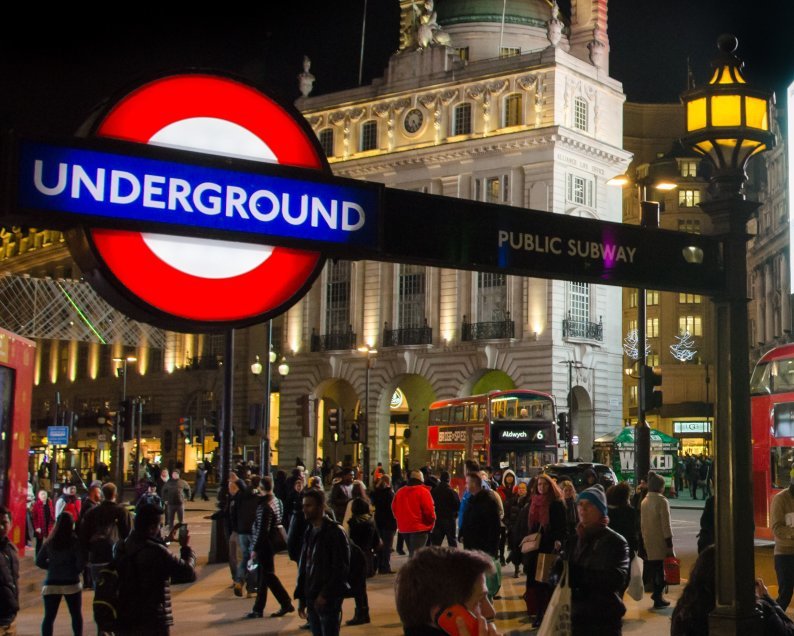
Going Underground is simple when you know how
The Tube, as Londoners universally call it, is the easiest way to get around London. Use the famous London Tube map, to navigate the 12 lines, each of which has its own distinctive colour. Black, for instance, is the Northern Line, while silver-grey denotes the Jubilee Line. Touch your Oyster Card on the yellow reader to open the gates at ground level. The main rule of the Underground, as any Londoner will tell you, applies to the many escalators. Always stand on the right and walk on the left. Break this rule and you can expect annoyance. Obey it and you'll feel right at home.
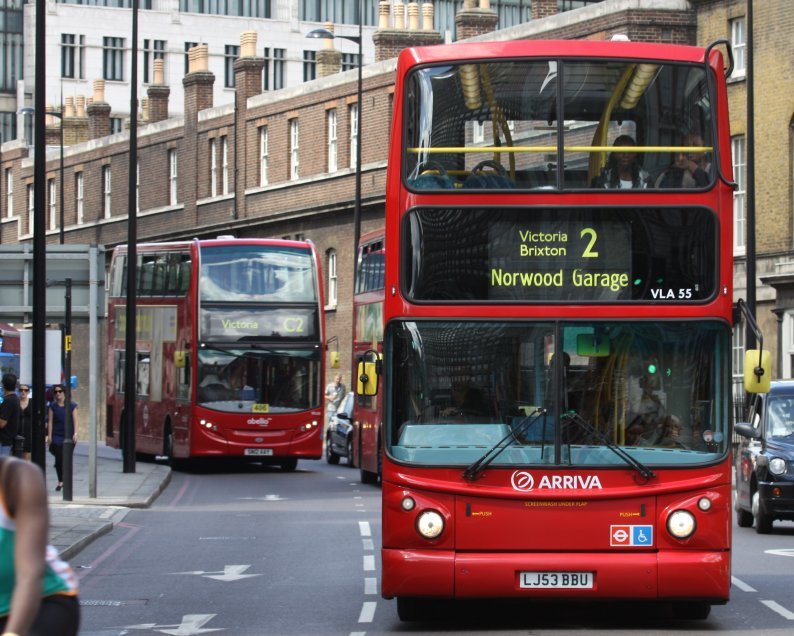
Red buses with a view
London's famous red double-decker buses offer panoramic views when you sit upstairs. The key is not to be intimidated. Each bus will show its ultimate destination on the front and rear, but you can get off at any stop. Just jump on a bus and see where it takes you. You can always cross the road to take the same number bus back again. Every visitor should ride one of the old Routemaster buses, still running on selected routes in central London. These have an open platform at the rear and offer a slice of London history for the price of an ordinary journey.

Trains without drivers and boats on the river
Taking the Docklands Light Railway from the Tower of London out to Canary Wharf offers an experience of driverless trains through a landscape of new skyscrapers. Riverboats - known as river buses - which carry the distinctive London Transport logo take travellers up and down the Thames for the price of an Underground journey. The London Overground, shown as an orange line on the London Underground map, is a series of suburban railway lines that loop around London, useful for longer journeys.
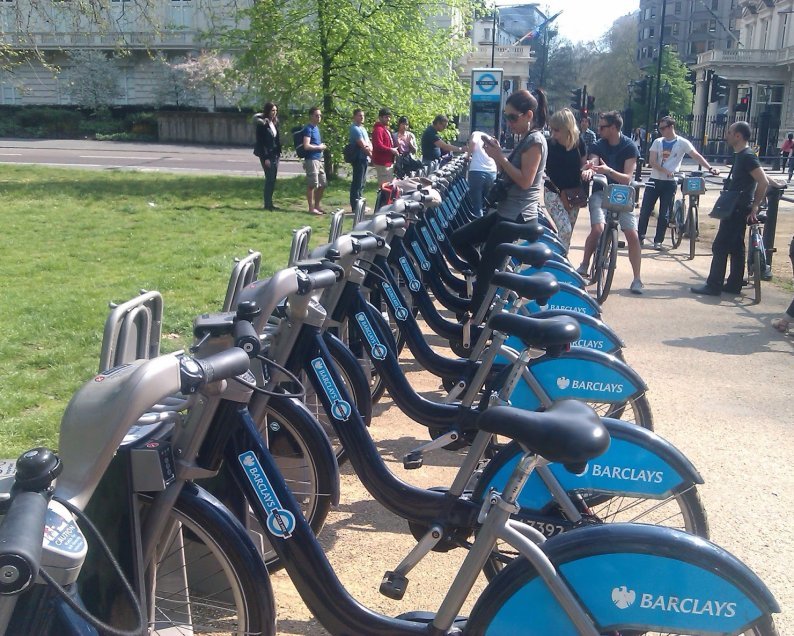
The joys and perils of the "Boris Bike"
You may hear Londoners talking of "Boris Bikes". These are rentable bicycles available at large racks throughout London. Their nickname comes from the former London mayor Boris Johnson. You'll need a credit or debit card to release a bike. It's free for the first 30 minutes and you'll be charged for any time after that. London's congested roads can be perilous for cyclists. Boris Bikes are ideal, however, for traversing the great parks. Hyde Park in particular is delightful from the saddle of a bicycle.

Hail a cab
You may want to do this at least once as an essential experience. Black cabs are available when the yellow light on top of the cab is lit. When you see one, simply hold out your arm and, by law, it has to stop for you. The driver will take you anywhere in central London. You'll pay much more than public transport and you're bound to hear some trenchant views from the driver, but that's part of the experience. Sit back and enjoy.
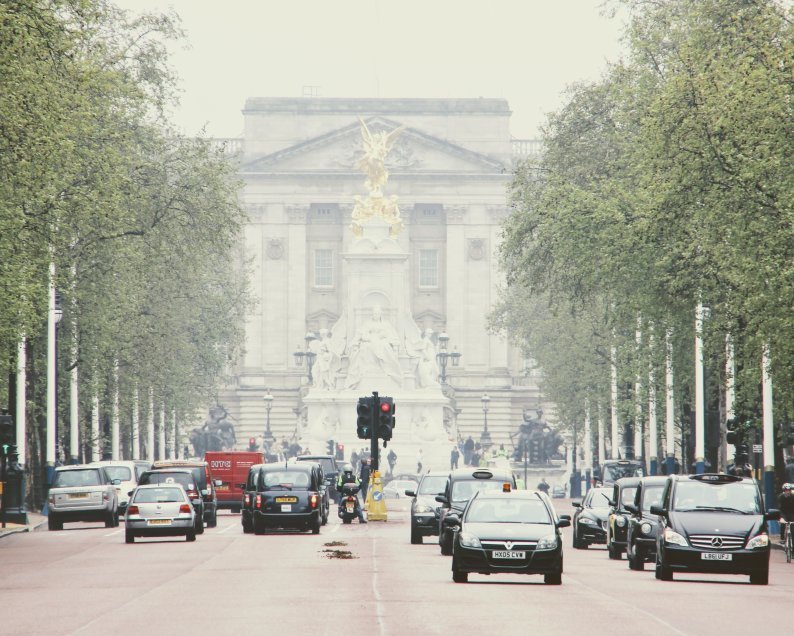
Travelling by car
Car journeys in London are time-consuming, stressful and expensive. London charges a congestion charge for all but the most economical of vehicles. You'll need to pay £11.50 every time you enter the designated zone. This is charged electronically to the vehicle's registration number and should be prepaid. Your car hire company will have the details. Parking is expensive too. All in all, unless you have no other option, driving in London isn't recommended.

Travelling with children
Children under the age of 11 go free on buses and the Underground when travelling with an adult carrying a valid Oyster card. Children aged 11 - 15 can travel half price on their own Oyster cards. Either order in advance, or ask at an Underground ticket office. Children over 16 pay full fares.
